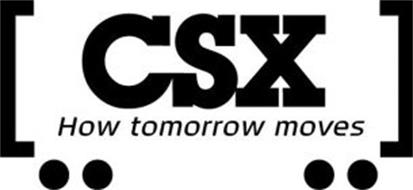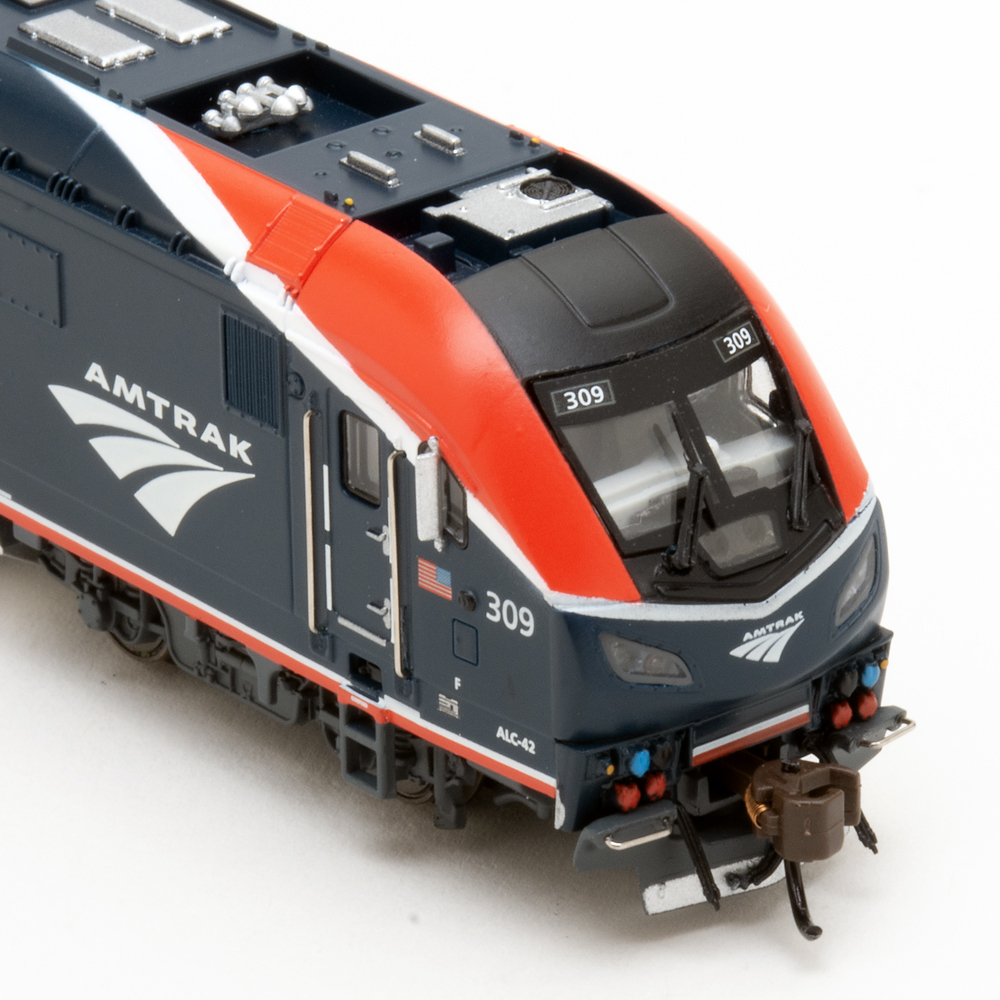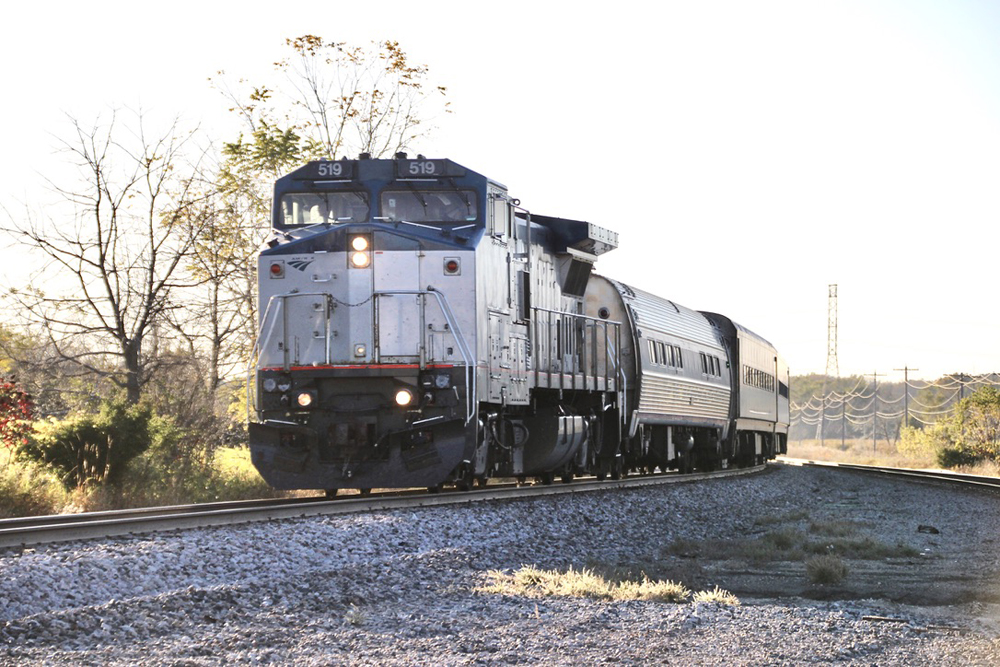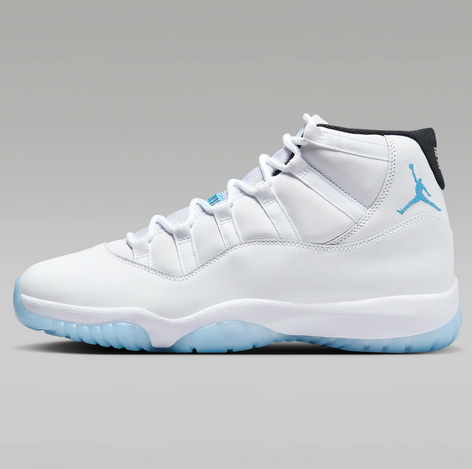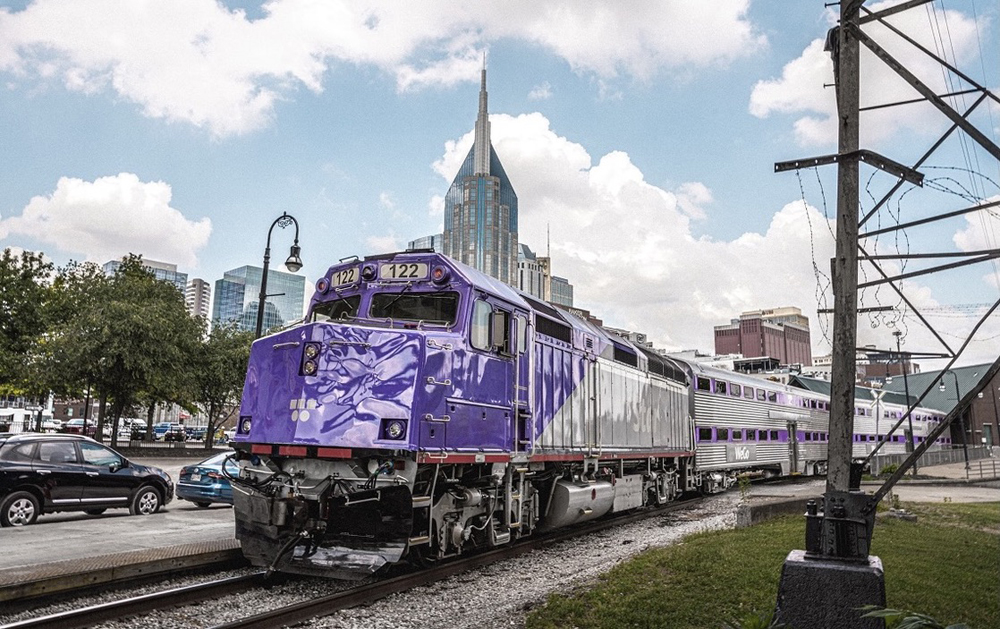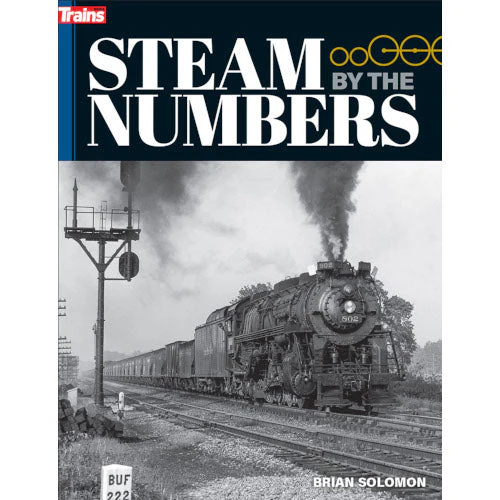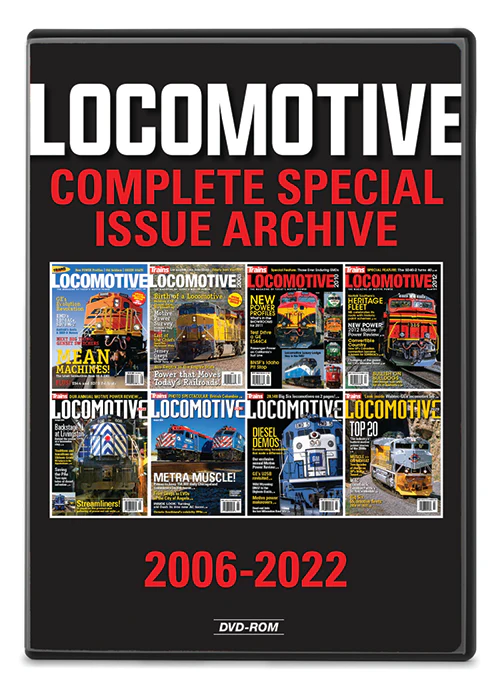The railroad, which had been projecting low single-digit revenue growth, now expects revenue to decline by 1% to 2% this year. CSX did not change its target for a sub-60% operating ratio or capital spending of between $1.6 billion and $1.7 billion.
CSX CEO Jim Foote says the railroad is taking a “cautious forecasting approach given economic uncertainty.”
The railroad’s new outlook reflects current volume levels, which include a crude-by-rail headwind due to last month’s closure of the Philadelphia Energy Solutions refinery, the largest on the East Coast, after a fire.
For the second quarter, the railroad’s operating income rose 2%, to $1.3 billion, as revenue declined 1%, to $3 billion. Earnings per share increased 7% to $1.08, which was 3 cents below analyst estimates.
CSX’s operating ratio was a record 57.4%, a 1.2-point improvement over the second quarter a year ago, as the railroad reduced expenses 3%.
“I am extremely proud of our dedicated CSX employees for once again achieving new record levels of efficiency this quarter, while also driving a significant improvement in safety,” Foote says. “These results reflect the strength of our operating model, and combined with continued improvements in our best-in-class customer service, represent significant progress toward our goal of being the best run railroad in North America.”
CSX’s service metrics showed significant improvement, with intermodal trip-plan compliance rising to 89.8%, up from 62% a year ago. Merchandise trip-plan compliance was 73.3%, up from 58.3% a year ago.
Train velocity increased 14% compared to last year’s second quarter, while terminal dwell improved 6%.
CSX also reported improved safety figures, with the personal injury rate falling 21% and the train accident rate reduced by 54%, with improved track inspections driving an 85% year-to-date reduction in mainline derailments.





